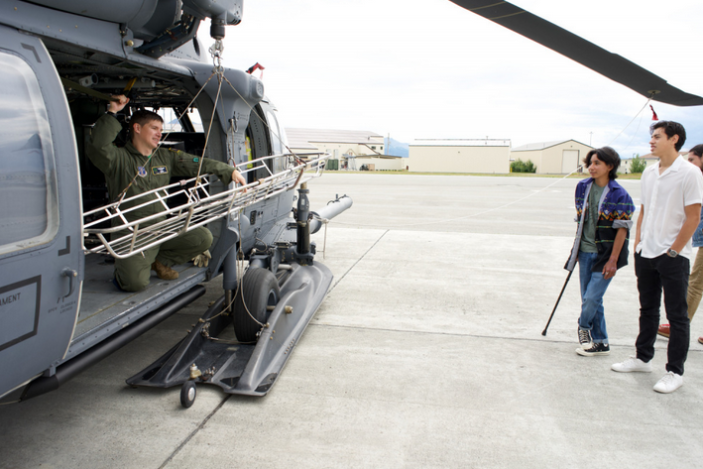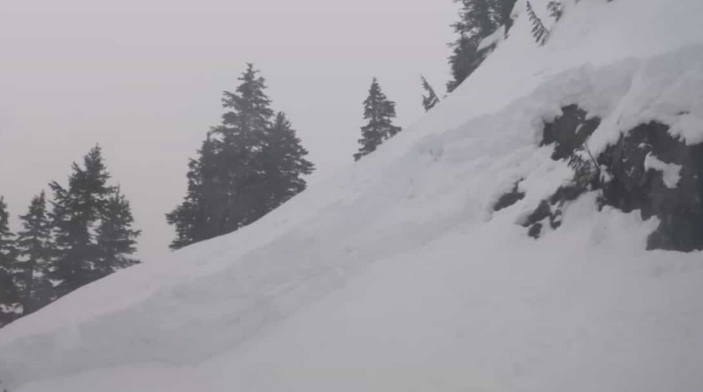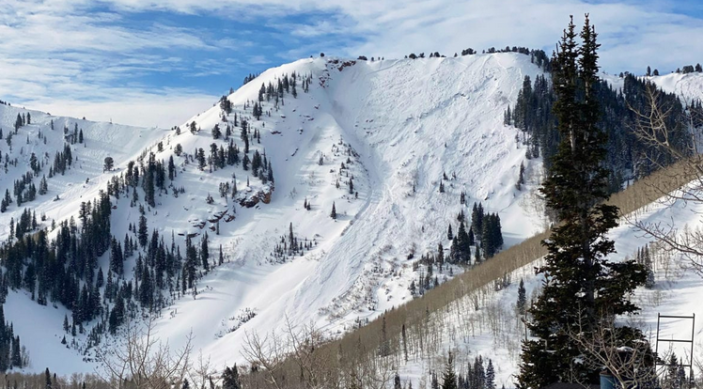
A week from graduating high school, Alaska avalanche survivor Peter Schutt was physically on top of the world as he climbed Donoho Peak near the Alaska/Canada border.
Unfortunately, Schutt’s adventure took a dangerous turn when an avalanche struck. Snow that was once a fixture on the frigid face of the mountain suddenly cut loose and turned into a freight train of cold, sugary crystals stampeding in rapid, unstoppable motion.
The avalanche pitched him over a 75-foot cliff on his tumble down 2,500 feet of the jagged mountain face. He remembers covering his head as best he could to prevent further injury.
After the avalanche Schutt’s friend and partner made his way down, contacted National Park Service via cell phone and provided cell phone GPS coordinates to aid the rescue response.
read more



